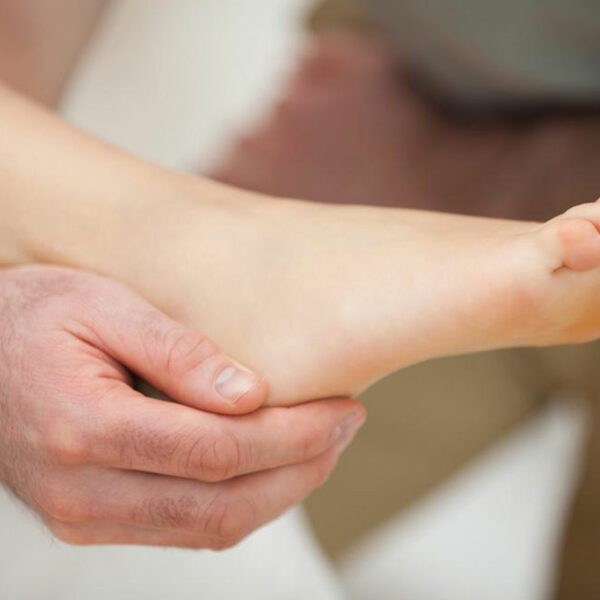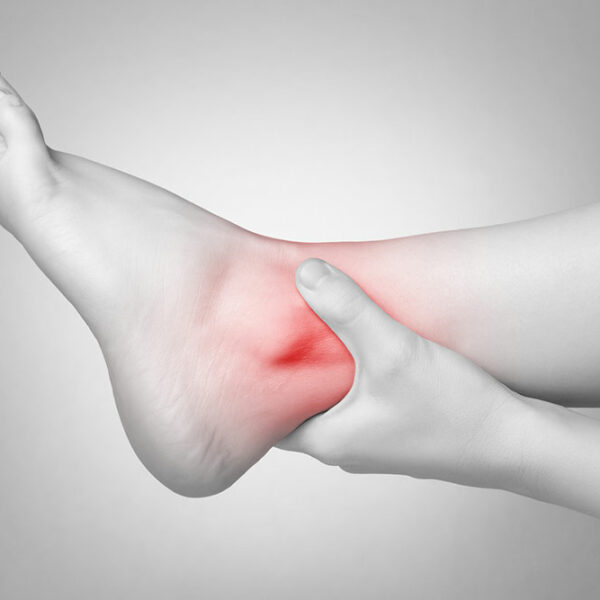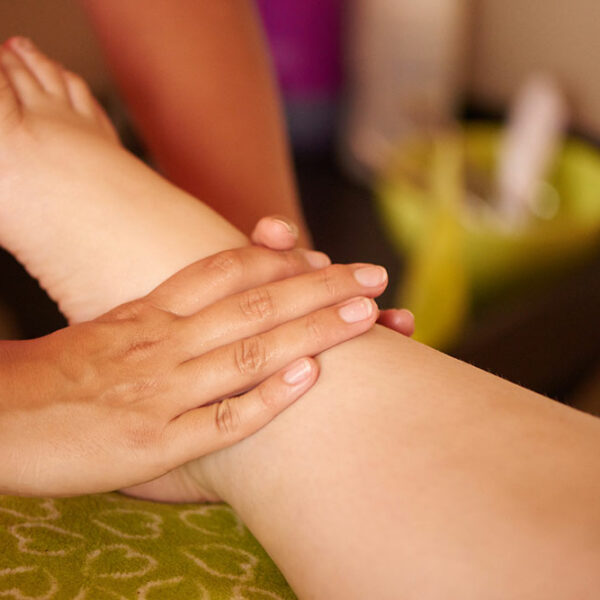
Common Causes of Foot Pain
While it is common to feel pain in your feet every once in a while, persisting pain in the feet is generally not a good sign. There are several causes of foot pain. If you feel pain in your heels while running, jogging, or walking over a large distance for an extended period of time, it is normal. If the pain continues to persist even after having rested amply, you are likely to be suffering from plantar fasciitis. Heel spurs are another condition affecting the feet. They can lead to immense pain in the feet and can make walking a task in itself. Heel spurs usually occur along with plantar fasciitis. Wearing specialized shoes and taking medications can help you to treat your condition and maintain its progress. If you are suffering from foot pain over a period of time along with the appearance of the symptoms of diseases associated with foot pain, visit a doctor immediately. We have made the process of knowing the causes of foot pain much easier for you. Causes of Foot Pain Here are a few of the most common causes of foot pain Heel Spurs Some people may suffer from heel spurs, yet never know about it, the less fortunate experience its symptoms in its full wrath.









